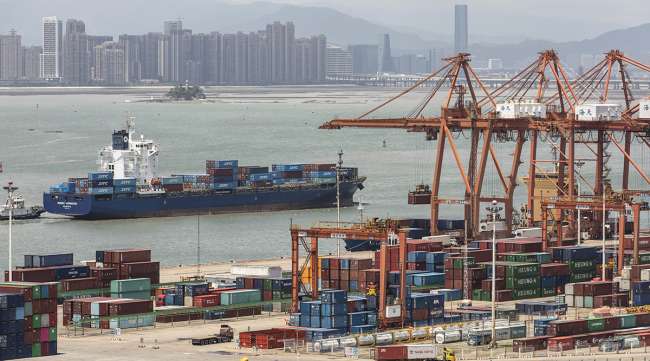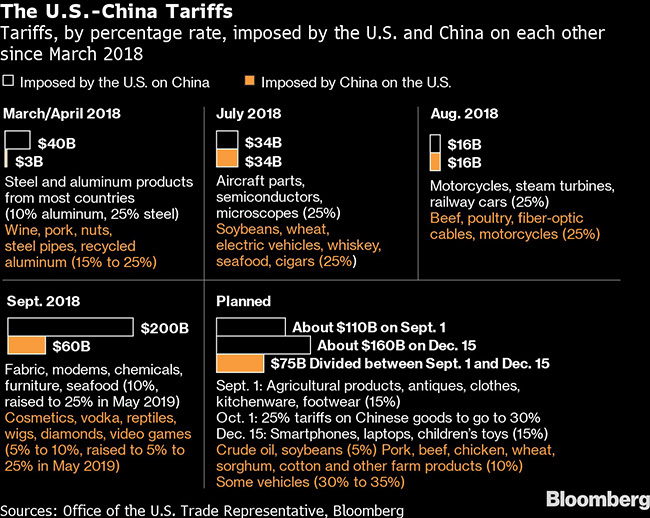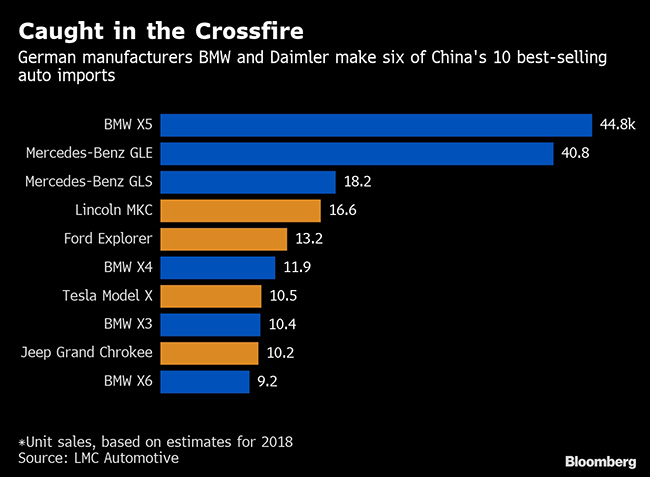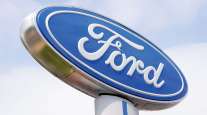Sept. 1 Tariffs on China Kick In — As Does China's Retaliation

[Stay on top of transportation news: Get TTNews in your inbox.]
The Trump administration slapped tariffs on roughly $110 billion in Chinese imports on Sept. 1, marking the latest escalation in a trade war that’s inflicting damage across the world economy. China retaliated.
The 15% U.S. duty hit consumer goods ranging from footwear and apparel to home textiles and certain technology products like the Apple Watch. A separate batch of about $160 billion in Chinese goods — including laptops and cellphones — will be hit with 15% tariffs on Dec. 15. President Donald Trump delayed part of the levies to blunt the impact on holiday shopping.
While the Trump administration has dismissed concern about a protracted trade war, business groups are calling for a tariff truce and the resumption of negotiations between the world’s two-largest economies.
Face-to-face talks between Chinese and American trade negotiators scheduled for Washington in September are still on, Trump told reporters Sept. 1 after returning from Camp David.
“We are talking to China, the meeting is still on,” Trump said. The president repeated the assertion that China, not the U.S., is “paying” for the tariffs, and said that farmers hurt by Beijing’s retaliation on U.S. agricultural goods are being made “more than whole” by federal payments.
“We can’t allow China to rip us off anymore,” Trump added.

China’s retaliation took effect as of 12:01 p.m. Sept. 1 in Beijing, with higher tariffs being rolled out in stages on a total of about $75 billion of U.S. goods. Its target list strikes at the heart of Trump’s political support — factories and farms across the Midwest and South at a time when the U.S. economy is showing signs of slowing down.
Another issue that “Washington’s trade hardliners need to stop denying that their trade war is hurting the American people and businesses,” according to the Xinhua commentary.
Higher Chinese duties that took effect Sept. 1 include an extra 10% on American pork, beef, chicken, and various other agricultural goods, while soybeans will get hit with an extra 5% tariff on top of the existing 25%. Starting in mid-December, American wheat, sorghum, and cotton also will get a further 10% tariff. While China imposed a new 5% levy on U.S. crude oil starting from September, there was no new tariff on liquefied natural gas.
The resumption of a suspended extra 25% duty on U.S. cars will take effect Dec. 15, with another 10% on top for some vehicles. With existing general duties on autos taken into account, the total tariff charged on U.S.-made cars would be as high as 50%.

Gary Shapiro, president of the Consumer Technology Association, said the Trump administration’s approach of using tariffs to pressure China into a deal has backfired.
“U.S. companies have to spend more resources on constantly changing trade rules and less on innovation, new products and our economic health,” Shapiro said. “This is not how you reach a meaningful trade agreement.”
Richard Trumka, president of AFL-CIO, said on “Fox News Sunday” that taking on China is a good thing, but that the president has “done it the wrong way” with his tariff strategy.
There has to be an “multilateral approach” when taking on China’s trade practices, Trumka said. The AFL-CIO is the largest federation of unions in the U.S.
“It has to address currency rebalancing, it has to have a long-term slant to good jobs in this country. That’s not been the approach, unfortunately. We hope it becomes the approach but not so yet,” Trumka said.
— With assistance from Jeffrey Black, Miao Han, Josh Wingrove and Tony Capaccio.




